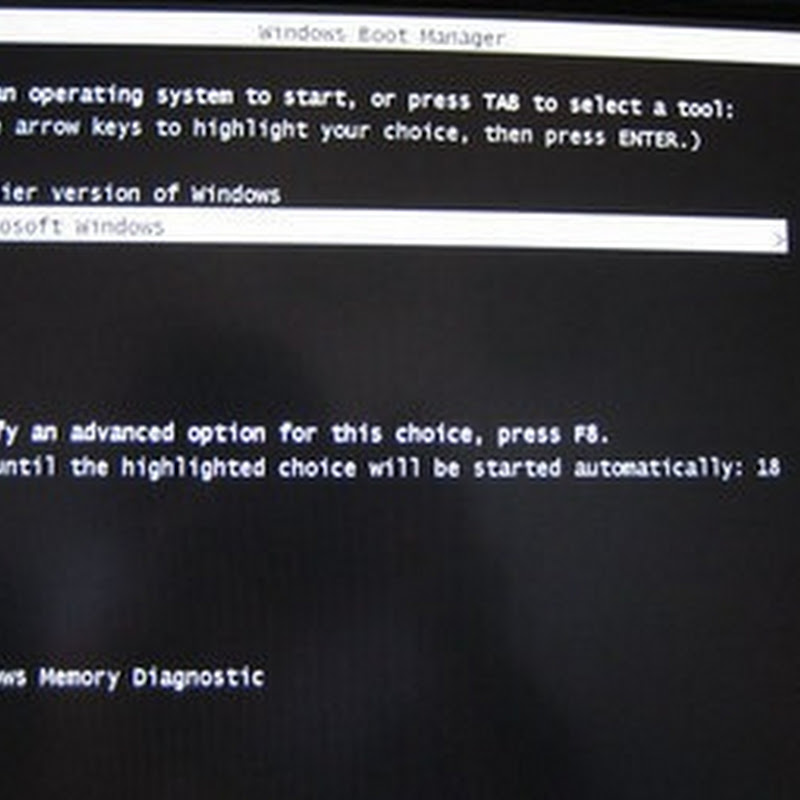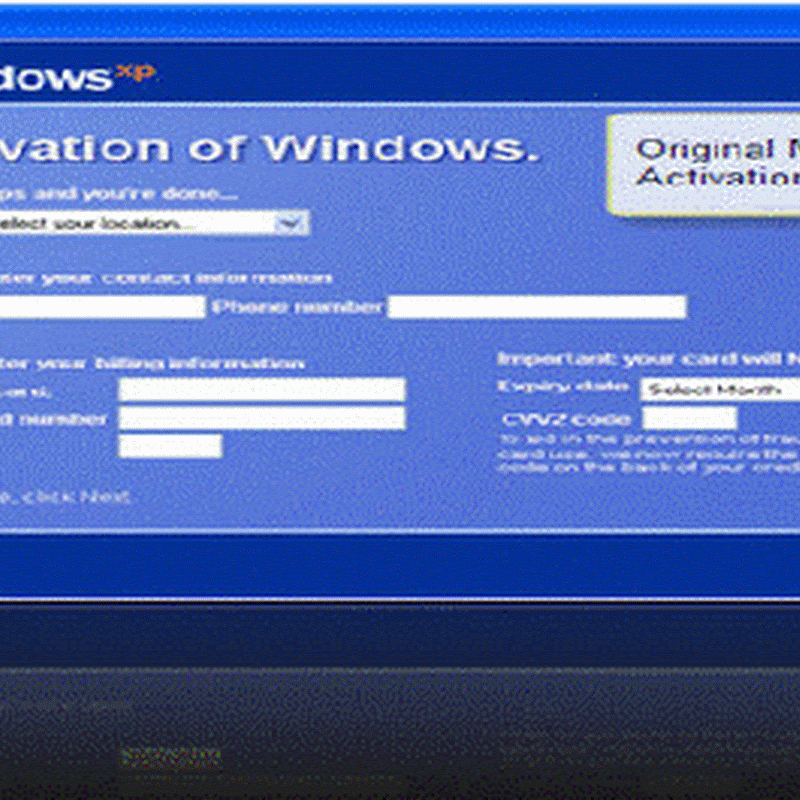A very easy way to connect two PCs is using a USB-USB cable. Connecting two PCs with a cable like this you can transfer files from one PC to another, and even build a small network and share your Internet connection with a second PC. In this tutorial we will explain you how to connect two PCs using a cable like this.
The first thing you should be aware of is that there are several different kinds of USB-USB cables on the market. The one used to connect two PCs is called “bridged” (or “USB networking cable”), because it has a small electronic circuit in the middle allowing the two PCs to talk to each other. There are the so-called A/A USB cables that, in spite of having two standard USB connectors at each end, don’t have a bridge chip and cannot be used to connect two PCs. In fact, if you use an A/A USB cable you can burn the USB ports of your computers or even their power supplies. So, these A/A USB cables are completely useless. A/B USB cables are used to connect your computer to peripherals such as printers and scanners, so they also won’t fit your needs.

USB-USB bridged cable
As for speed, the bridge chip can be USB 1.1 (12 Mbps) or USB 2.0 (480 Mbps). Of course we suggest you to buy a USB 2.0 bridged cable, because of its very high-speed. Just to remember, the standard Ethernet network works at 100 Mps, so the USB 2.0 cable will provide you a transfer rate almost five times higher than a standard network connection.
We decided to open the bridge located on the middle of our cable just to show you that this kind of cable really has a bridge chip, and that’s why it is more expensive than a simple A/A USB cable that doesn’t have any circuit at all.

Bridge chip used in our cable
Now that you know the kind of cable that you should buy, let’s talk about its installation.
Here I will give a brief installation method and also a explained one.
So lets start with the brief :-
Step 1>Turn on both of the computers. Log in to Windows using an account with administrator privileges.
Step 2>Insert one end of the USB bridge cable into a USB slot on one computer, and the other end of the bridge into the second computer.
Step 3>Install the driver software for the USB bridge cable when the computers prompt you to do so. If you do not have driver software for the USB bridge cable, you may be able to download it from the cable manufacturer.
Step 4>Choose to install the USB bridge cable either as a link adapter or a network adapter. If you install it as a link adapter, you will only be able to transfer files back and forth. If you install it as a network adapter, you will have full network functionality.
Step 5>Complete the software installation. Your two computers should now be connected.
That’s it in brief!
——————–
Ok, Here we start with more details:-
Those cable can work in two modes: link mode and network mode. On link mode, it will work just like the very old “lap link” cables, i.e. it comes with a software where you can select files and simply drag and drop them to where you want to move or copy them to or from the remote computer. If you just want to copy files, that’s the mode we recommend you to use, because it is easier and quicker to install and use.
On network mode, you will create a small network between two computers. After creating this network you can share folders, printers and Internet access. This mode is recommended if besides copying files you want to have access to a printer located on the other computer (or any other computer on the network, if this computer is connected to a network) or want to have Internet access.
The cable installation process will depend on the cable manufacturer. You will have to install the programs and drivers that come with the cable on a CD-ROM. This procedure must be performed on both computers, with the cable not installed.
So, don’t install the cable yet, leave it away from the computers.
Some manufacturers ship two different setup files, one for the link mode and another for the network mode. Other manufacturers ship just one setup file valid for both modes. Then you need to select the mode you want to use during the installation or inside the transfer program that will be installed.

Choosing the mode during installation

Choosing the mode inside the transfer program
After you have installed the corresponding drivers (link mode or network mode), you should install the cable on the computer. Windows will recognize it and install the correct drivers.
If you installed the program and drivers with the cable attached to the computer, you should remove it from your computer and install it again. This will make Windows to recognized it and install its drivers.
You should repeat this process for the other computer now.
If you want to change the mode your cable is working under, you should run the setup program for the other mode or selecting the mode change on the transfer program, depending on the cable model. This should be without your cable attached to your computer. After changing the mode, reinstall the cable and the system will recognize it automatically. If you run the setup program or changed the mode with the cable attached, simply remove the cable from your computer and install it again to force Windows to install the correct drivers (the drivers used on link mode and network mode are different). You should repeat this process for the other computer.
Now that you cable is installed, let’s see how to use it on both modes.
Link Mode
As we mentioned, the link mode is the easiest and fastest way to connect two PCs using your USB cable for transferring files. If you want to have Internet access and/or have printer access, you should go to network mode.
After installing the cable as describe on the previous page, you should check if the cable is correctly installed on Device Manager (right click My Computer, Properties, Hardware, Device Manager). It should be listed under “Universal Serial Bus controllers”, see Figure 6 (our cable is listed as “Hi-Speed USB Bridge Cable”, but your cable can use a slight different name, depending on the manufacturer).

Transfer program
Network Mode
As we mentioned, under network mode the computers will be linked in a small network, and the connection will work just like a network. This mode allows you to share the Internet connection, if available on one of the computers.
After installing the cable as describe before, you should check if the cable is correctly installed as a network adapter on Device Manager (right click My Computer, Properties, Hardware, Device Manager). It should be listed under “Network adapters”, see Figure 8 (our cable is listed as “Hi-Speed USB-USB Network Adapter”, but your cable can use a slight different name, depending on the manufacturer).

USB-USB cable correctly installed using network mode
The next step is to configure both computers to use the USB cable as a network adapter.
First you have to configure the computer that has access to the Internet. On this computer, open Network Connections (Start, Settings, Network Connections). You will see there the network adapters located on your computer. In our case, “Local Area Connection” was the network adapter that connected our PC to the Internet (to our broadband router) and “Local Area Connection 2” was the USB-USB cable.

Network connections
Right click on the network card that is connecting your PC to the Internet (“Local Area Connection”, in our case), choose Properties and, on the window that will show up, click on Advanced tab. There, check the box “Allow other network users to connect through this computer’s Internet connection”. Depending on your Windows XP version, there will be a drop-down menu called “Home networking connection”, where you should select the USB cable connection (“Local Area Connection 2”, in our case).

Enabling Internet sharing
After you have done this configuration, you must restart your computer. After restarting it, everything should be working just fine. Try browsing the net from the other computer to see if everything is running fine.
To share files and printers, you should read our tutorial How to Share Folders and Printers on Your Network to see how this can be done. If you are not using a broadband router on the computer that has the Internet connection, you should be very careful, because sharing its folders can allow anyone on the Internet to have access to your files. Read more about this on our tutorial Protecting Your Computer Against Invasions. In this tutorial you will find some tips for preventing a hacker to have access to your files.
If the remote computer cannot access the Internet, check if the USB cable is configured to get an IP address automatically from the network. Go to Start menu, Settings, Network Connections, right click the cable connection (“Local Area Connection 2”, in our case), select Properties and then, on the window that will appear, double click on “Internet Protocol (TCP/IP)”. Both two options available on the screen that will show up must be set on “automatically”, as shown on Figure 11. Both computers should be configured this way.

TCP/IP configuration must be set to automatic on both computers










